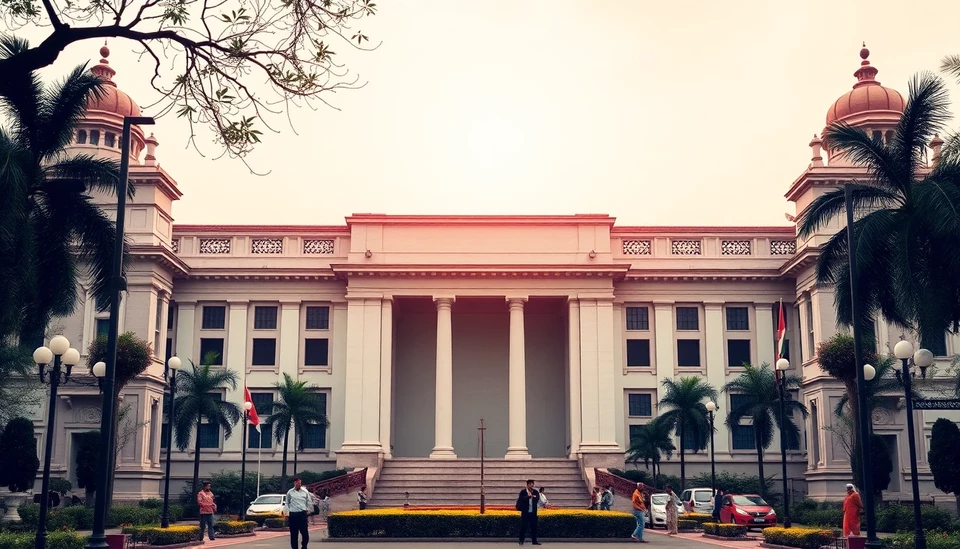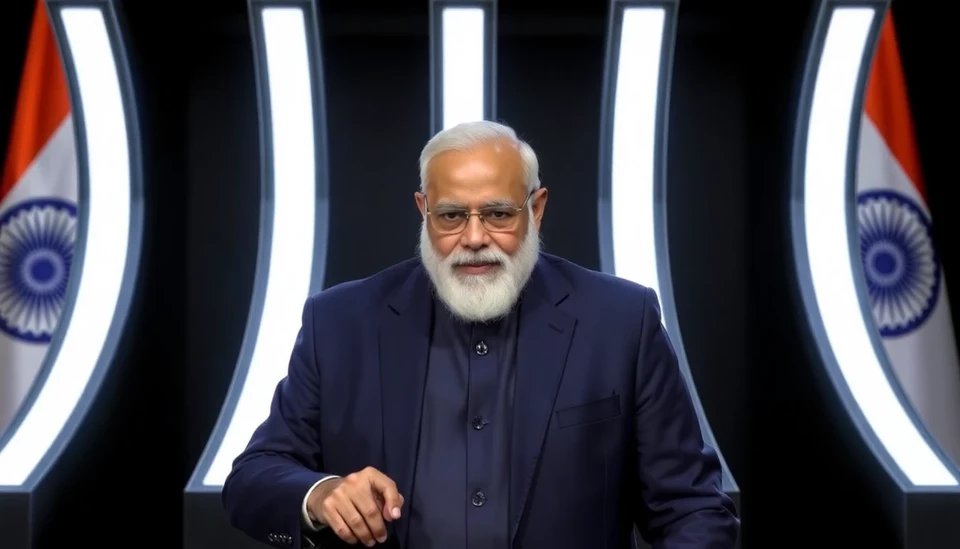
In a decisive move to bolster its slowing economy, the Indian government has announced a suite of stimulus measures aimed at reinvigorating growth and addressing rising unemployment. This expansionary approach comes in the wake of disappointing economic indicators that have raised concerns about India's fiscal health and long-term economic prospects.
The new stimulus package, which was revealed during a press conference this week, aims to inject a whopping ₹1 lakh crore (approximately $12 billion) into various sectors, focused specifically on infrastructure development, small and medium enterprises (SMEs), and direct cash transfers to citizens who are struggling due to economic constraints. The government’s bold strategy reflects its commitment to restoring the confidence of investors and consumers alike.
Among the centerpiece initiatives is a significant increase in public spending on infrastructure projects. This will include the construction of roads, bridges, and public transportation systems, which are crucial for both job creation and enhancing connectivity across the nation. Government officials reiterated that infrastructure investments are not merely an economic necessity but also a pivotal means of improving quality of life for citizens.
As a countermeasure to the pandemic's lingering effects, the stimulus package also includes targeted support for SMEs, which have been among the hardest-hit segments of the economy. The provision for direct cash transfers is particularly noteworthy, as it aims to provide immediate relief to the most vulnerable populations. This move is expected to increase consumer spending, a critical component of economic growth.
Experts have hailed the stimulus as a timely intervention, suggesting that it could provide the necessary jolt to revive consumer sentiment and restore business confidence. However, some analysts caution that sustained economic recovery will depend on measures beyond immediate financial aid, emphasizing the need for structural reforms in taxation, ease of doing business, and regulatory frameworks.
Opposition leaders have criticized the government for lagging in addressing economic challenges sooner and have urged for a more expansive approach that prioritizes long-term sustainability. They argue that while the announced measures are beneficial, they may not be sufficient to entirely offset the economic damage incurred during the pandemic and subsequent supply chain disruptions.
In light of these developments, financial markets reacted positively, with Indian indices showing a sharp uptick following the announcement. Investors are hopeful that boosted government spending and targeted fiscal measures will lay the groundwork for a more robust economic landscape as the country grapples with ongoing global uncertainties.
As the Indian government ramps up its stimulus efforts, all eyes will be on subsequent economic data and the effectiveness of these initiatives in revitalizing the economy in the near future. The balance between immediate relief efforts and fostering sustainable growth will be critical in navigating through these challenging times.
#India #Economy #Stimulus #Infrastructure #SMEs #FiscalPolicy #EconomicGrowth #Investment
Author: Rachel Greene




